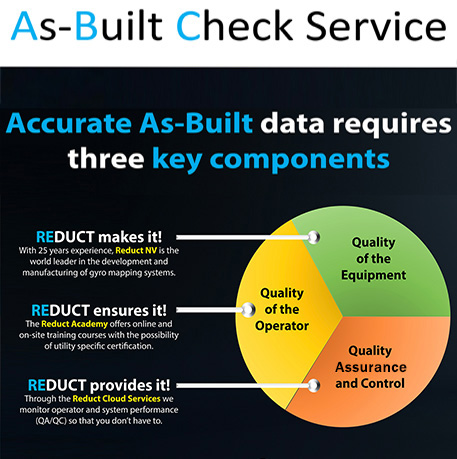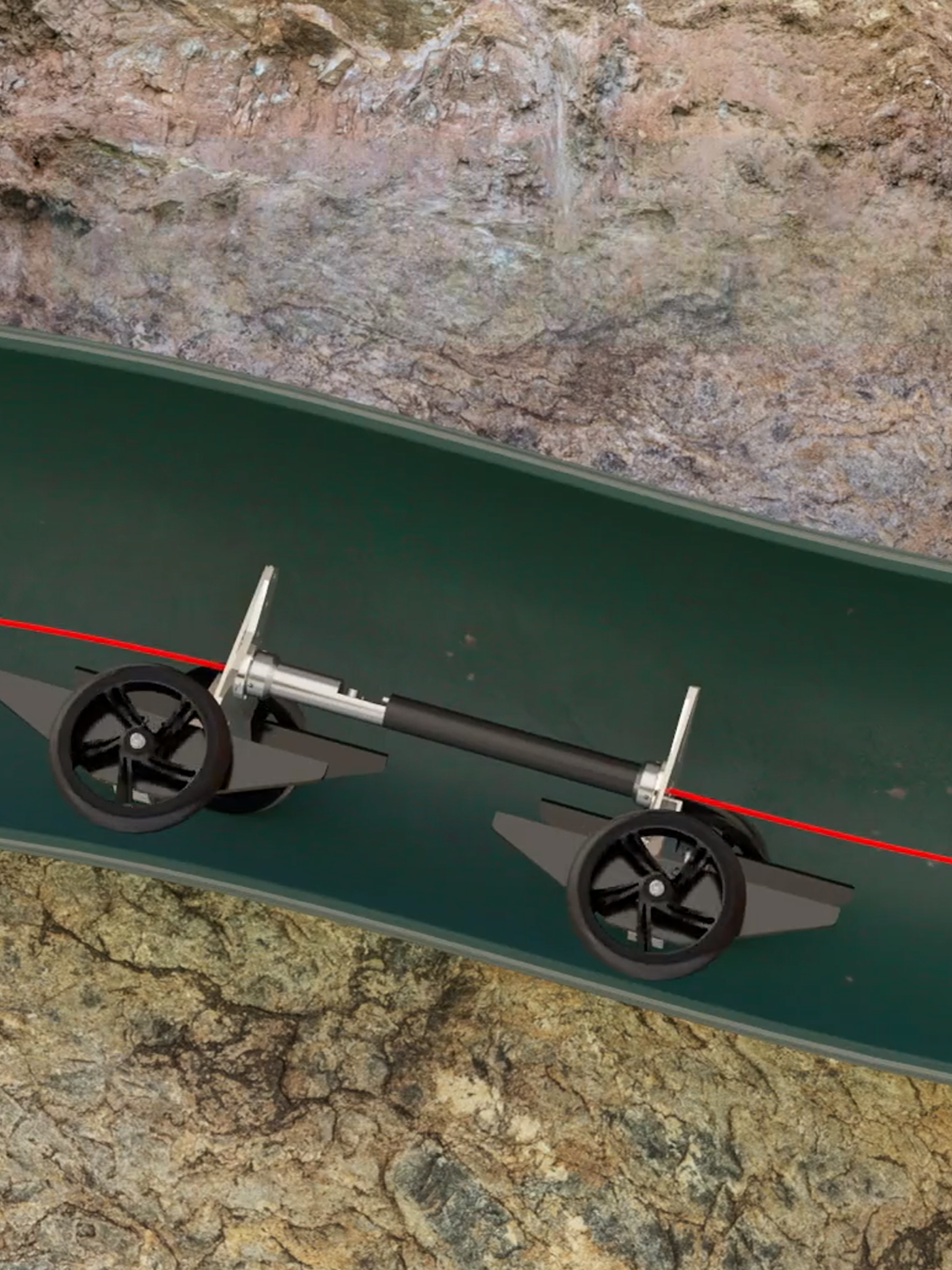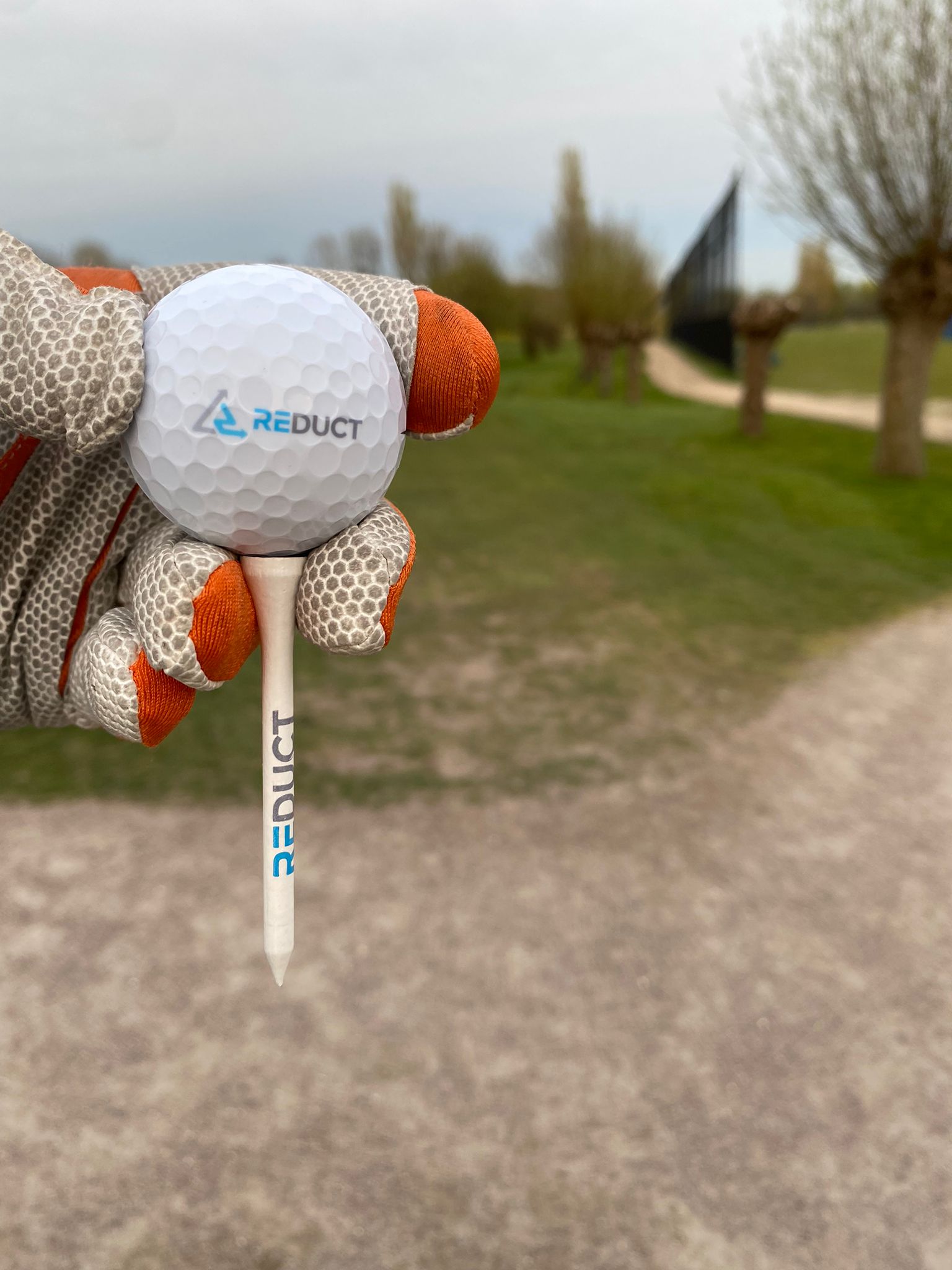5G Roll Out: An Unprecedented Challenge
All 5G roll out forecasts point in the same direction: a vast increase of backbone fiber optics will be required to enable a smooth and ultra-fast 5G services delivery. A major challenge facing the industry is the timely installation of a high fiber count infrastructure across North America within the next 3 to 5 years.
The tight time window means that starting from scratch is not an option. Furthermore, network owners want to capitalize on past investments made in duct infrastructure, more particularly the investment in 1¼” PE duct. In hindsight the 1¼” duct size may not have been the preferred choice if the 5G fiber count requirements were known 10 years ago, but the fact is there are now lots of empty ducts available and the message to the industry is clear: make it work for 5G!
Fiber cable manufacturers and fiber installation equipment providers have responded to the challenge. Many fiber cable manufacturers now offer a 1,728-fiber cable for the 1¼” duct that has an OD of approximately 1”. Although meeting current market demands, this type of cable poses several installation challenges due to its relatively limited tensile strength. The stiffness of the cable, a limited annular space and the condition and shape of (legacy) installed ducts are some of the key elements that need to be understood well to ensure a successful installation.
The stiffness of the cable and the annular space are both a given but calculating the amount of drag caused by the shape of the duct is a less obvious variable. The main reason for this is the absence of accurate (historical) as-built maps, or in other words, we simply do not know where the duct is located nor its exact shape. Often, available data is limited to XY only, depth is an assumed fixed
coverage. A second reason is that the combination of limited annular space and the stiffness of the cable means that a series of small undulations in the duct shape (usually these occur in depth) can cause a sharp increase in the drag factor.
If post-installation testing reveals that the installed cable has defects in throughput, the blame game can begin, was it the contractor or the manufacturers? Regardless of the answer to that question, damages such as cable cost and labor cost and delay costs are a fact. Ultimately, all stakeholders lose in case of installation damages, so reducing them must be a priority.
Condux International and Reduct have teamed up to develop the ABM-30, a mapping device that will quickly and accurately deliver the shape of a 1¼” duct. Based on Reduct’s proven mapping technology for larger diameter pipes (currently the smallest tool has an OD of 1⅜”), the ABM-30 will have a 1” OD.
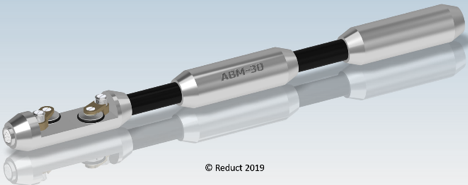
Figure 1: ABM-30 design
Commercial launch is currently foreseen for the third quarter of this year.
It is intended that, following a single pass through a duct segment, the standard shape output can be uploaded into existing pulling or blowing calculation programs such as Condux’ Condulator® software or Polywater’s Pull Planner® software.
“Condux strives to offer the most complete solution in the market for the 5G roll out.” said Eric Cope, CEO of Condux International, “We believe that the ABM-30 tool, along with the existing mapping probes for 1½”, 2” and 3” ducts, will add significant benefits to contractors and are excited to include it in our cable installation portfolio.”
In addition to shape data, the output also contains accurate segment length information. Whereas today cable lengths ordered typically have an excess of about 10% of segment length due to absence of better as-built data, accurate length data will enable the contractor to realize significant savings on excess cable.
Other expected direct benefits to the contractor are increased planning efficiency. The ABM-30 will have an OD that is virtually equal to the high fiber count cable OD, or about 1”. As such, it simultaneously functions as a caliper for testing the roundness of the duct. If the mapping activity is performed ahead of mobilizing the installation crew, better information will be available for the installation crew. If necessary, intermediate access points can be dug or spot repairs can be carried out prior to mobilizing the installation crew, again increasing the efficiency of the installation process.
Although the primary development objective for the ABM-30 is to obtain the general shape of a buried duct (i.e. identification of straight sections, curves, undulations, etc.) an optional software module will be offered to obtain accurate XYZ data.
“Data backbone networks are designed with redundancy in mind. Therefore, a cable cut hardly ever results in loss of service and, as a result, accurate As-Built data has never been a primary specification.” says Otto Ballintijn, CEO of Reduct, “But rising fiber counts make each cut exponentially more expensive and time consuming to repair. Data network owners are starting to see the long-term benefit of accurate As-Built data and increasingly specify it for new installations or prior to cable installation.”
On a net basis, shape or accurate XYZ mapping is expected to increase the efficiency of installing data cables and reduce the lifetime cost of operating a data network. The incremental time required to obtain shape data is estimated at about 20 minutes per duct segment. To obtain an accurate As-Built is expected to take no longer than one hour per segment, but for the contractor that extra investment in time is offset by an additional revenue stream since accurate XYZ measurements will only be carried out if specified by the network owner.
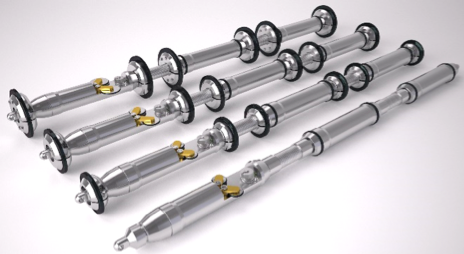
Figure 2: Available systems for duct ID range 1½” – 3″.
With the introduction of the ABM-30, Condux and Reduct cover the entire range of backbone data ducts, so from 1¼” to 2”. We are ready for the 5G roll out challenge!
For further information please contact ericc@condux.com or otto.ballintijn@reduct.net.
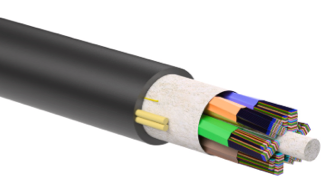
Corning RocketRibbon™ Extreme Density Cable 1728 Fibers, 1” OD, designed for min. 1.25”/32mm ID Duct.
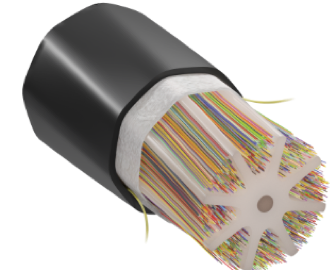
Sumitomo Electric Lightwave’s Freeform Ribbon™ Slotted Core Ribbon – 3456 Fibers, 1.3” OD, designed for min. 2”/50mm ID Duct.

